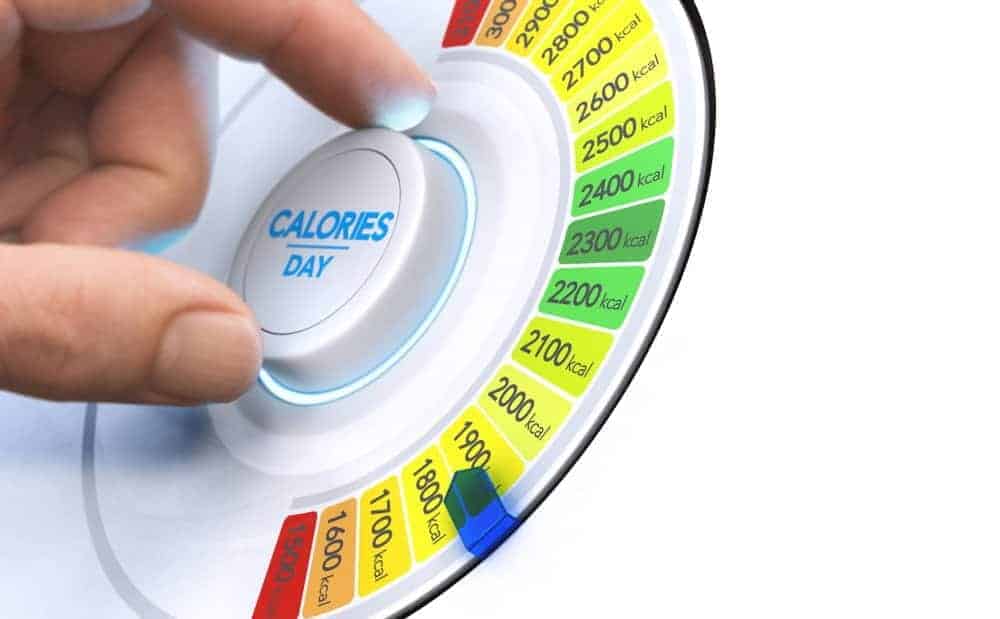In today’s health-conscious world, understanding your daily calorie needs is crucial for maintaining optimal health and managing your weight effectively. This comprehensive guide will walk you through the ins and outs of calorie calculation, providing you with the knowledge and tools to take control of your nutrition, calculate your weight loss, and achieve your health goals..
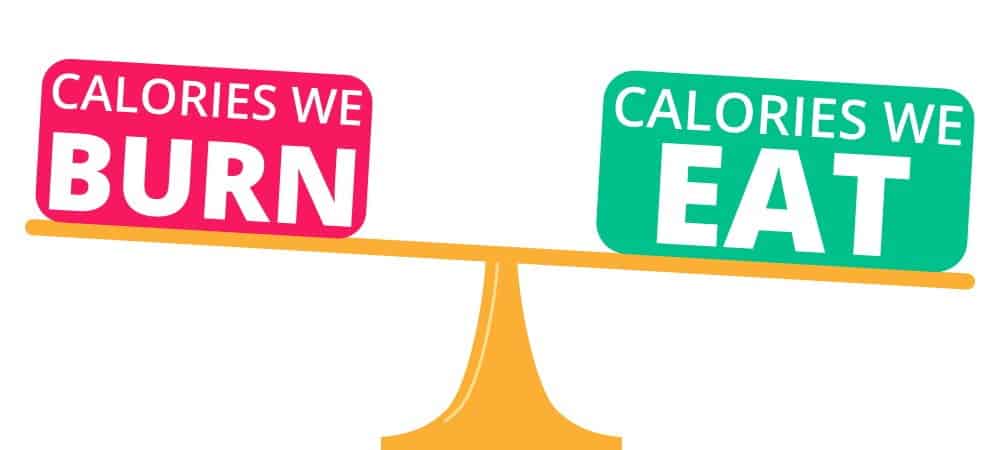
Key Takeaways
- Understand what calories are and how they impact your body
- Learn how to calculate your personalized daily calorie needs
- Discover the importance of macronutrient balance
- Explore strategies for effective weight loss and maintenance
- Find out how to incorporate exercise into your calorie management plan
- Learn about reverse dieting and its potential benefits
Calculate Your Daily Calorie Intake
Daily Calorie Intake Calculator
Your Estimated Daily Calorie Needs:
Tips for Weight Management:
What Are Calories?
Calories are units of energy that measure the amount of heat needed to raise the temperature of one gram of water by one degree Celsius. In nutrition, we use calories to quantify the energy content of foods and beverages. Your body burns calories for various essential functions, including:
- Breathing
- Circulating blood
- Maintaining body temperature
- Physical activities and exercise
Understanding calories is the first step in managing your energy balance and achieving your health goals.
Calculating Your Daily Calorie Needs
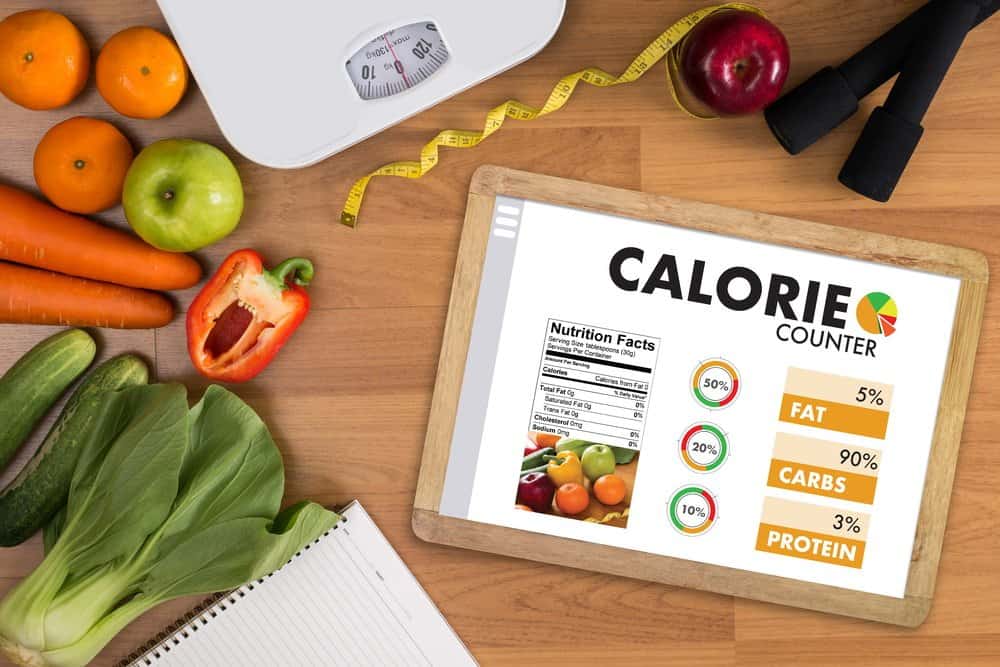
To determine your daily calorie needs, you need to calculate your Basal Metabolic Rate (BMR) and factor in your activity level. Let’s break this process down step by step.
Step 1: Calculate Your Basal Metabolic Rate (BMR)
The Mifflin-St Jeor equation is widely used to calculate BMR:
For men:
BMR = 10 × weight(kg) + 6.25 × height(cm) - 5 × age(years) + 5For women:
BMR = 10 × weight(kg) + 6.25 × height(cm) - 5 × age(years) - 161Step 2: Factor in Your Activity Level
Multiply your BMR by an activity factor to get your Total Daily Energy Expenditure (TDEE):
- Sedentary (little to no exercise): BMR × 1.2
- Lightly active (light exercise 1-3 days/week): BMR × 1.375
- Moderately active (moderate exercise 3-5 days/week): BMR × 1.55
- Very active (hard exercise 6-7 days/week): BMR × 1.725
- Extra active (very hard exercise & physical job): BMR × 1.9
Your TDEE represents the estimated number of calories you burn in a day, considering both your BMR and activity level.
Average Calorie Needs: A General Guideline
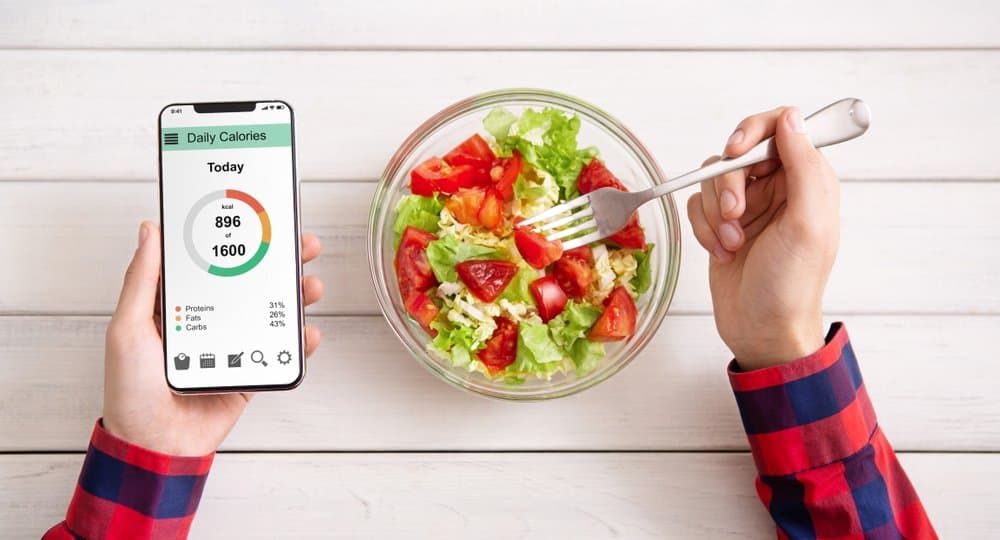
While individual needs vary, here’s a general guideline for average calorie needs:
| Gender | Maintain Weight | Lose 1 lb/week |
|---|---|---|
| Women | 2000 calories | 1500 calories |
| Men | 2500 calories | 2000 calories |
Remember, these are averages. Your specific needs depend on factors like age, height, weight, activity level, and overall health.
Macronutrient Balance: Beyond Calories
While calorie counting is important, the balance of macronutrients (proteins, carbohydrates, and fats) is crucial for overall health and weight management. Here’s a general guideline for macronutrient intake:
| Macronutrient | Recommended Intake | Calories per gram |
|---|---|---|
| Protein | 10-35% of calories | 4 |
| Carbohydrates | 45-65% of calories | 4 |
| Fats | 20-35% of calories | 9 |
Balancing your macronutrients can help you feel more satisfied, maintain stable energy levels, and support various bodily functions.
Measuring Your Caloric Consumption
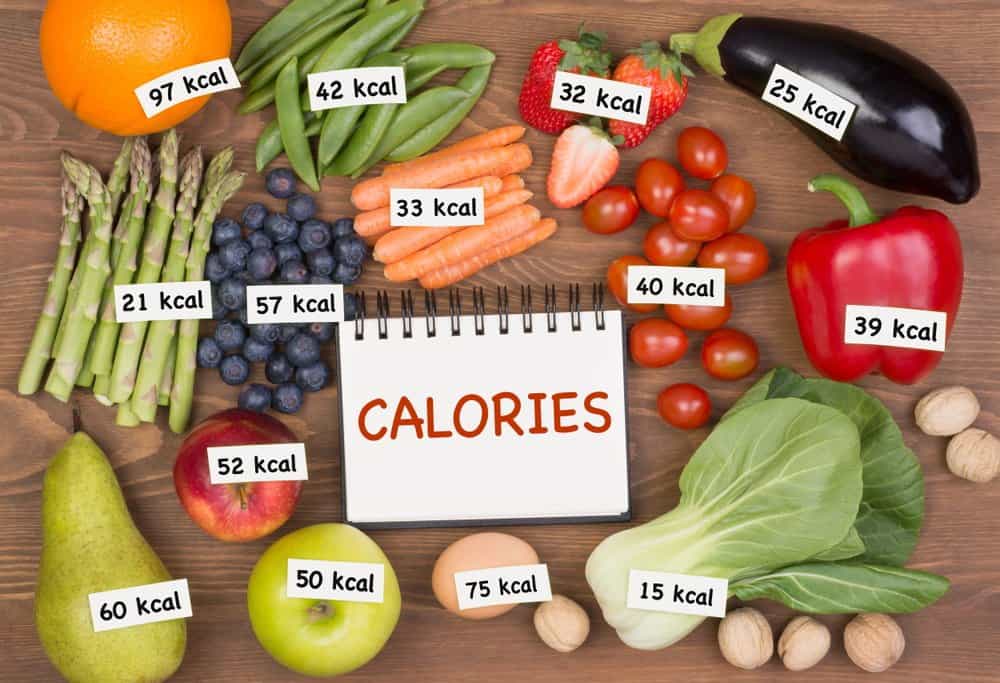
Not everyone needs the same number of calories each day. Factors that influence your calorie needs include:
- Age
- Height
- Current weight
- Activity level
- Metabolism
- Overall health
Using a Daily Calorie Intake Calculation Tool can help you estimate your personal calorie needs more accurately. This tool takes into account your individual factors to provide a tailored recommendation.
Setting Your Calorie Goals
When using a calorie calculator, you’ll typically have the option to choose a goal:
- Maintenance: Eat roughly the same number of calories that you burn each day (TDEE).
- Weight loss: Create a calorie deficit by eating fewer calories than you burn.
- Weight gain: Create a calorie surplus by eating more calories than you burn.
If you’re unsure which goal to choose, start with maintenance. This allows you to understand your current eating habits before making any significant changes.
The Science of Weight Loss
The commonly accepted rule is that one pound of fat equals approximately 3,500 calories. Therefore, to lose one pound per week, you would need to create a daily calorie deficit of about 500 calories (500 × 7 days = 3,500 calories).
However, it’s important to note that weight loss is not always this straightforward. Factors such as metabolic adaptation, body composition changes, and individual variations can affect the rate of weight loss.
The Dangers of Extreme Calorie Restriction
While it might be tempting to drastically cut calories for rapid weight loss, this approach can be counterproductive and potentially harmful. Extreme calorie restriction can lead to various negative effects, including:
- Fatigue and low energy levels
- Nutrient deficiencies
- Muscle loss
- Metabolic slowdown
- Increased risk of binge eating
- Difficulty maintaining long-term results
Instead, aim for a moderate calorie deficit (usually 200-300 calories per day) for sustainable weight loss.
The Role of Exercise in Calorie Management
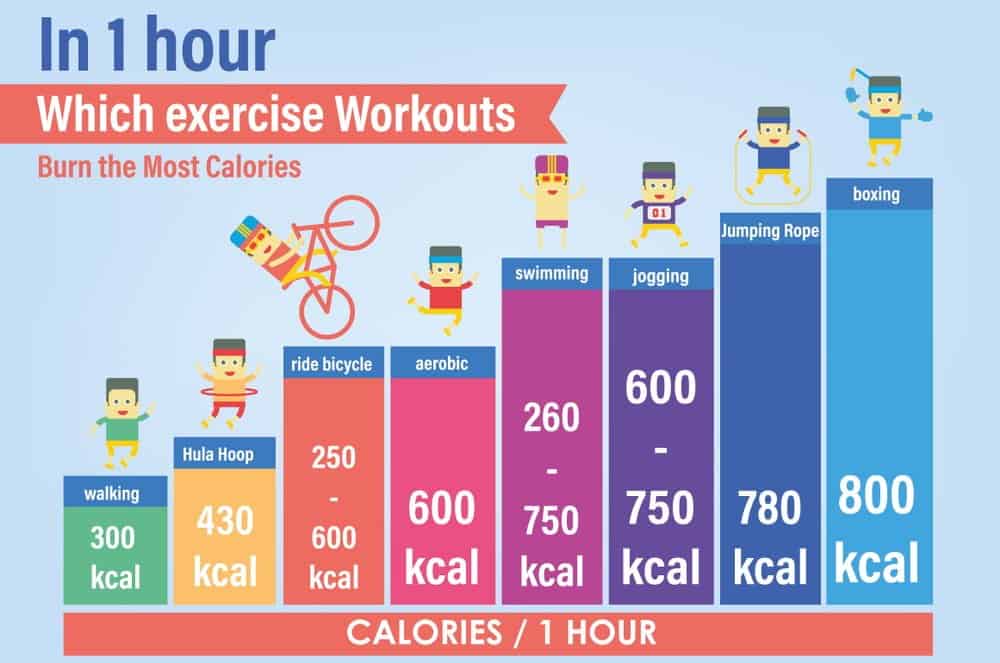
Exercise plays a crucial role in weight management and overall health. While it’s challenging to “out-exercise” a poor diet, regular physical activity offers numerous benefits:
- Increases calorie burn
- Builds and preserves lean muscle mass
- Improves metabolic health
- Enhances cardiovascular fitness
- Boosts mood and mental health
Aim for a combination of cardio and strength training exercises for optimal results. The U.S. Department of Health and Human Services recommends at least 150 minutes of moderate-intensity aerobic activity or 75 minutes of vigorous-intensity aerobic activity per week, along with muscle-strengthening activities at least two days per week.
Incorporating Low-Impact Activities
In addition to structured exercise, incorporating low-impact activities into your daily routine can significantly increase your overall calorie burn. Consider:
- Taking the stairs instead of the elevator
- Parking farther away from your destination
- Walking or biking for short trips instead of driving
- Doing yard work or housework
- Standing instead of sitting when possible
- Stretching or doing light exercises during TV commercials
These small changes can add up to a substantial increase in your daily calorie expenditure.
The Importance of Food Quality
While calorie counting is a useful tool for weight management, it’s equally important to focus on the quality of the foods you eat. Nutrient-dense foods provide essential vitamins, minerals, and other beneficial compounds that support overall health. Some tips for improving food quality include:
- Choose whole, unprocessed foods over processed options
- Incorporate a variety of colorful fruits and vegetables
- Opt for lean proteins and plant-based protein sources
- Include healthy fats from sources like nuts, seeds, and avocados
- Choose whole grains over refined grains
- Limit added sugars and unhealthy fats
Strategies for Decreasing Calorie Intake Without Feeling Deprived
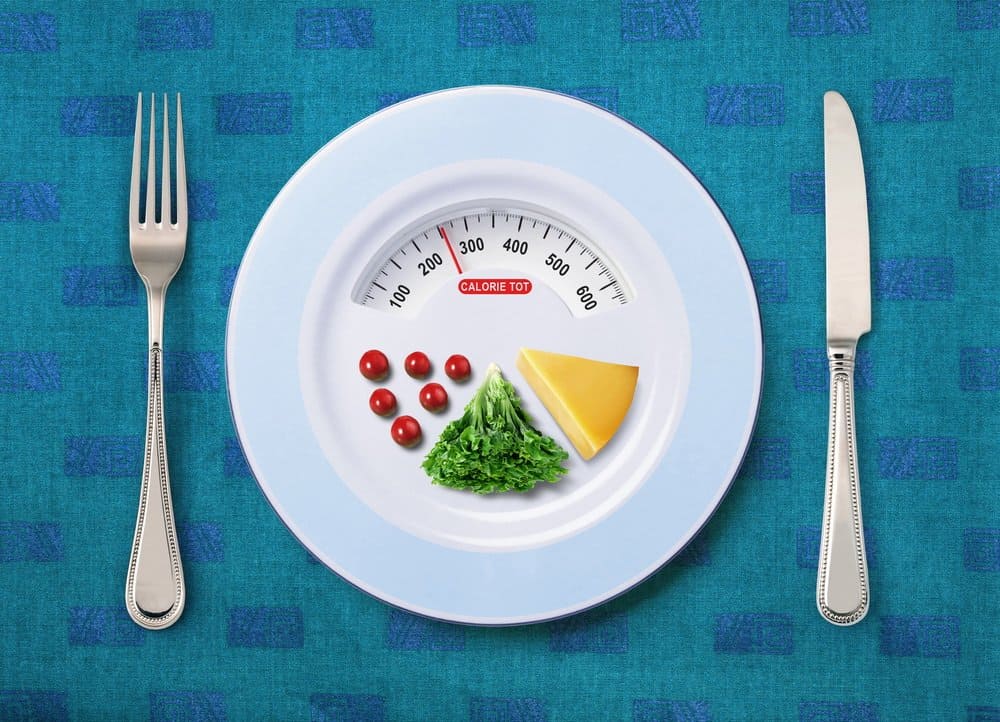
Reducing calorie intake doesn’t have to mean constant hunger. Here are some strategies to help you feel satisfied while consuming fewer calories:
- Increase protein intake: Protein is highly satiating and can help reduce overall calorie consumption.
- Fill up on fiber: High-fiber foods like vegetables, fruits, and whole grains promote feelings of fullness.
- Stay hydrated: Sometimes thirst can be mistaken for hunger. Drink water regularly throughout the day.
- Practice mindful eating: Pay attention to your food, eat slowly, and savor each bite.
- Use smaller plates: This can help control portion sizes and reduce overall calorie intake.
- Plan your meals: Meal planning can help you make healthier choices and avoid impulsive, high-calorie snacking.
Understanding Metabolic Adaptation and Reverse Dieting
After prolonged periods of calorie restriction, your body may adapt by slowing down your metabolism. This is known as metabolic adaptation. If you’ve been in a calorie deficit for an extended period and have stopped seeing results, you might benefit from reverse dieting.
Reverse dieting involves gradually increasing your calorie intake to boost your metabolism. This approach can help:
- Increase energy levels
- Improve hormone balance
- Support muscle growth and recovery
- Prepare your body for future fat loss phases
When implementing a reverse diet, increase your calorie intake slowly (typically by 50-100 calories per week) while monitoring your weight and body composition.
Conclusion
Understanding and managing your daily calorie needs is a powerful tool for achieving and maintaining optimal health. Remember that calorie needs vary based on individual factors, and what works for one person may not work for another. Use the information and strategies provided in this guide as a starting point, and don’t hesitate to consult with a registered dietitian or healthcare professional for personalized advice.
By combining calorie awareness with a focus on nutrient-dense foods, regular exercise, and sustainable lifestyle changes, you can create a balanced approach to nutrition that supports your health and weight management goals for the long term.
References
- National Institute of Diabetes and Digestive and Kidney Diseases (NIDDK). (2021). Treatment for Overweight & Obesity. https://www.niddk.nih.gov/health-information/weight-management/adult-overweight-obesity/treatment
- Centers for Disease Control and Prevention (CDC). (2022). Losing Weight. https://www.cdc.gov/healthyweight/losing_weight/index.html
- American Council on Exercise (ACE). (2020). Resting Metabolic Rate: How to Calculate and Improve Yours. https://www.acefitness.org/education-and-resources/lifestyle/blog/6711/resting-metabolic-rate-how-to-calculate-and-improve-yours/
- Academy of Nutrition and Dietetics. (2022). 4 Ways to Shed Weight and Keep It Off. https://www.eatright.org/health/weight-loss/your-health-and-your-weight/4-ways-to-shed-weight-and-keep-it-off
- Harvard T.H. Chan School of Public Health. (2022). Healthy Weight. https://www.hsph.harvard.edu/nutritionsource/healthy-weight/
- U.S. Department of Health and Human Services. (2018). Physical Activity Guidelines for Americans, 2nd edition. https://health.gov/sites/default/files/2019-09/Physical_Activity_Guidelines_2nd_edition.pdf
Alexios Papaioannou
Mission: To strip away marketing hype through engineering-grade stress testing. Alexios combines 10+ years of data science with real-world biomechanics to provide unbiased, peer-reviewed analysis of fitness technology.
